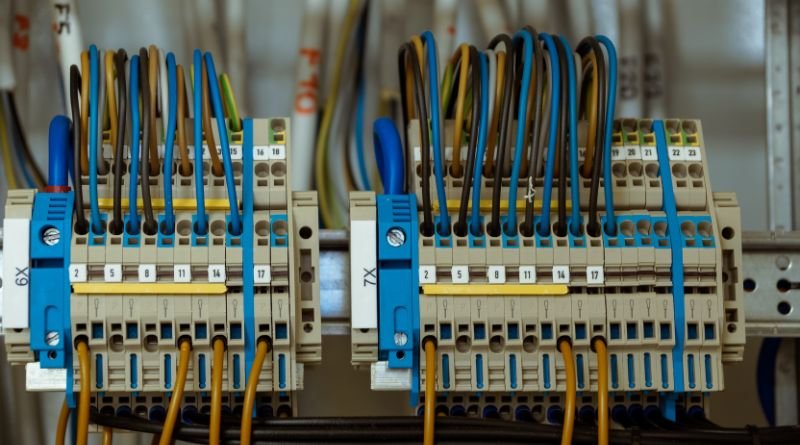The year 2003 marked a significant milestone in gaming history with the release of Halo: Combat Evolved, a game that would eventually become the face of first-person shooters and the standard for science fiction storytelling in gaming. Developed by Bungie and published by Microsoft, this groundbreaking game set the stage for not only a riveting story but also the aesthetic design and visual branding, including iconic game icons and banners that defined the Halo franchise. This article delves into the enduring influence of the visual elements of the Halo (2003) game—specifically its icons and banners—and how they shaped the legacy and recognition of the series in the gaming community.
The Origins of Halo’s Visual Style: Setting a Sci-Fi Aesthetic
When Halo: Combat Evolved launched in 2001, few could anticipate the depth of its impact on both console gaming and visual design. The banners, icons, and visual style of the game, though developed in 2001, are largely associated with the year 2003, as this period saw the full-fledged popularity of the Xbox console. The artists at Bungie drew inspiration from a range of sources, combining a military sci-fi aesthetic with elements that were both grandiose and foreboding. Each banner and icon for the game was meticulously designed to reflect these themes, combining images of space, futuristic technology, and the mysterious Halo ring structures. This design choice not only set the tone for the game itself but also gave birth to a style that would resonate in sequels and spin-offs alike.
One of the most defining aspects of the Halo aesthetic was its icons, particularly the depiction of the Master Chief’s helmet, which became an instantly recognizable symbol. As the protagonist and face of the franchise, Master Chief’s armor was carefully crafted to reflect the game’s futuristic, combat-oriented theme. The developers introduced a green and gold color scheme, a minimalist design that spoke volumes about the military background and resilience of this character. This helmet icon became a universal representation of Halo, used in various forms across banners, promotional materials, and even fan-made content, solidifying its place as a cultural icon within the gaming community.
The Significance of Halo Icons: Beyond Aesthetic Appeal
Icons in Halo are not merely decorative but serve a deeper purpose in establishing the atmosphere and narrative of the game. One of the most memorable icons, for instance, is the logo featuring the Halo ring, a circular megastructure which is central to the game’s plot. This icon is often depicted against a starry backdrop, symbolizing the expansive universe that players are set to explore. The ring itself represents both the vastness and mystery of space, as well as the ancient and advanced technology that underpins the game’s lore. In the context of the game’s story, the Halo ring is a weapon of mass destruction, and its iconic design conveys this duality of beauty and danger—a crucial aspect of the game’s world-building.
Another key icon is the UNSC (United Nations Space Command) emblem, which is commonly seen on banners and symbols within the game. This emblem underscores the military aspect of the game’s narrative, grounding the otherwise futuristic setting in a recognizable military structure. The UNSC icon uses traditional emblems, such as an eagle and shield, combined with modern typography, creating a bridge between contemporary military iconography and the futuristic context of Halo. By incorporating icons such as the UNSC insignia, Bungie effectively communicates the organized and governmental nature of human forces, making the game’s plot more relatable and realistic.
Banners as a Window into the Halo Universe
The banners created for Halo (2003) took the art of visual storytelling to new heights, showcasing not only characters and weapons but also the intricate landscapes and diverse species populating the game’s universe. From depicting alien landscapes to intense battle scenes, Halo banners were designed to captivate audiences and provide a glimpse into the world awaiting them. Each banner is a carefully crafted piece of art, blending traditional hand-drawn elements with digital enhancements to produce a style that is both cinematic and immersive.
These banners did more than simply advertise the game; they invited players to immerse themselves in an epic space opera. The banners featuring the Covenant, for example, depicted the alien forces that serve as the primary antagonists in Halo: Combat Evolved. By portraying a range of Covenant species, from Elites to Grunts, the banners conveyed the diversity and hierarchy within this alien faction. Such visuals were crucial for player immersion, as they highlighted the uniqueness of the Halo universe and the complexity of its alien species. In doing so, the game’s banners provided players with a narrative before they even picked up a controller, establishing an emotional connection to the game’s world and setting the stage for the conflicts that would unfold.
The Legacy of Halo Game Icons and Banners in Modern Gaming
Since its release, Halo has become more than just a game; it has become a franchise with a profound influence on the gaming industry, impacting how games approach both story and design. The iconography and banners of the original Halo played a fundamental role in this legacy, with their unique designs setting a benchmark for other sci-fi games. Today, we see echoes of Halo’s visual style in numerous franchises, from the usage of military emblems in futuristic settings to the depiction of large-scale battles in promotional banners.
One of the key ways Halo continues to impact the industry is through the concept of iconic symbols that are memorable and emotionally resonant. Similar to how Master Chief’s helmet became synonymous with the franchise, modern games are now more inclined to use specific icons to symbolize their narratives. This approach has not only proved effective for player engagement but has also facilitated brand loyalty, as players tend to form emotional bonds with such symbols.
The enduring appeal of Halo’s visual design is also evident in its dedicated fan community, which continues to create and share fan-made banners, icons, and artwork inspired by the original game. This fan engagement keeps the legacy of Halo alive, as players bring their own interpretations to the symbols and scenes that first captivated them. The continued popularity of Halo conventions and online communities further underscores the lasting influence of the franchise’s original design elements, particularly in how fans honor and reinterpret these iconic visuals.
Conclusion: The Timeless Appeal of Halo (2003) Game Icons and Banners
The game icons and banners from Halo (2003) have left an indelible mark on the gaming world, combining visual artistry with narrative depth to create symbols that continue to resonate with fans over two decades later. From the powerful image of Master Chief’s helmet to the mysterious allure of the Halo ring, each icon and banner plays a pivotal role in the franchise’s storytelling and world-building. These elements are not merely aesthetic but are woven into the very fabric of the game’s identity, embodying themes of resilience, exploration, and conflict.
In looking back at the visual legacy of Halo: Combat Evolved, it’s clear that the game’s icons and banners set a standard that many subsequent games have aspired to reach. As the franchise continues to evolve, these original designs serve as a reminder of the power of visual storytelling in gaming. By crafting icons and banners that are both memorable and meaningful, Halo has secured its place not only as a game but as a cultural touchstone. This legacy, born out of the creativity and vision of the original design team, ensures that the Halo universe will continue to inspire both gamers and designers for generations to come.




